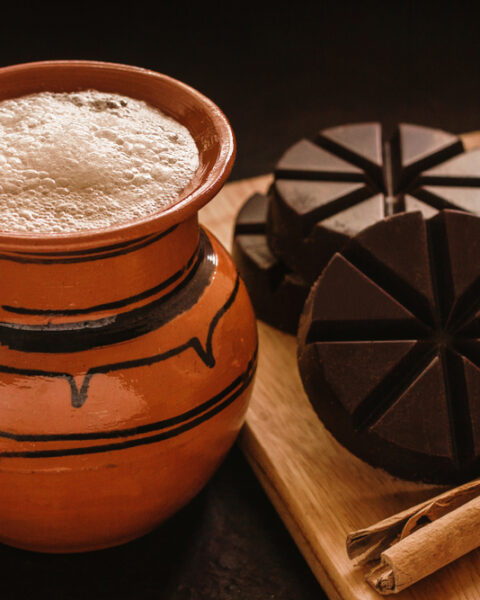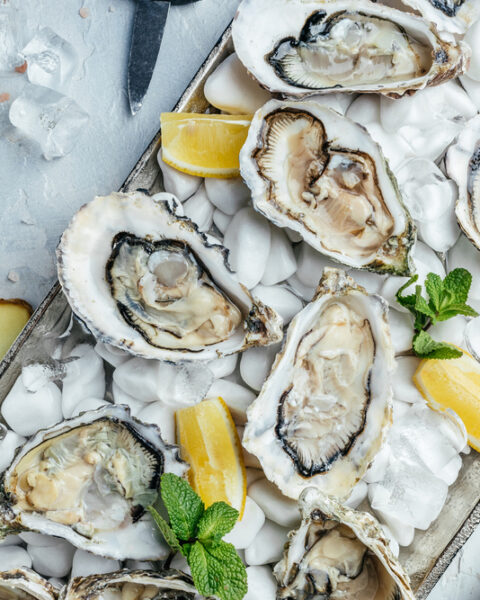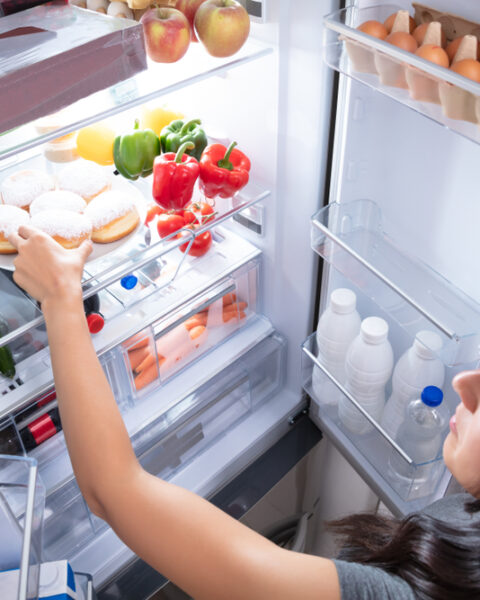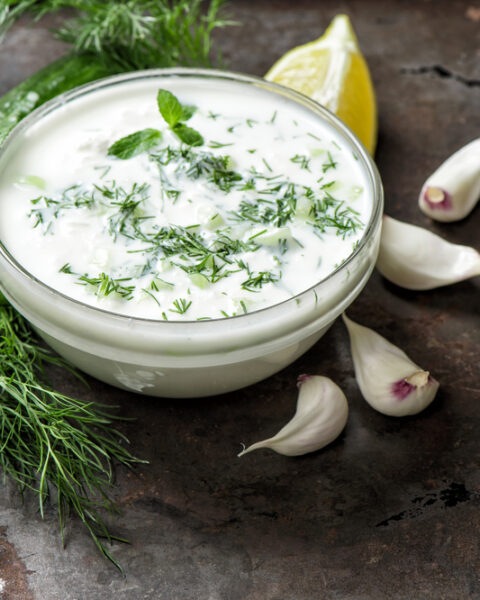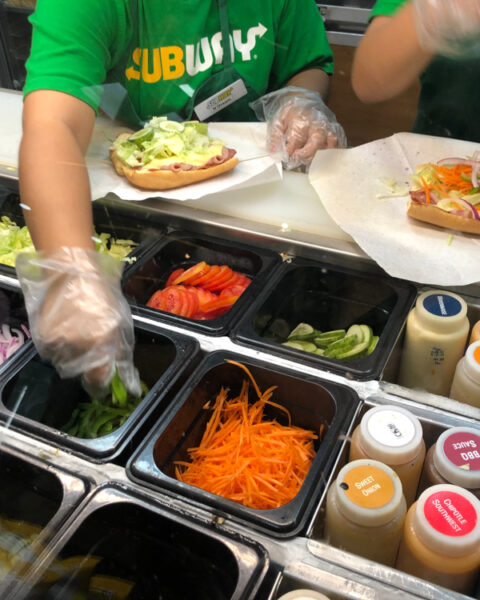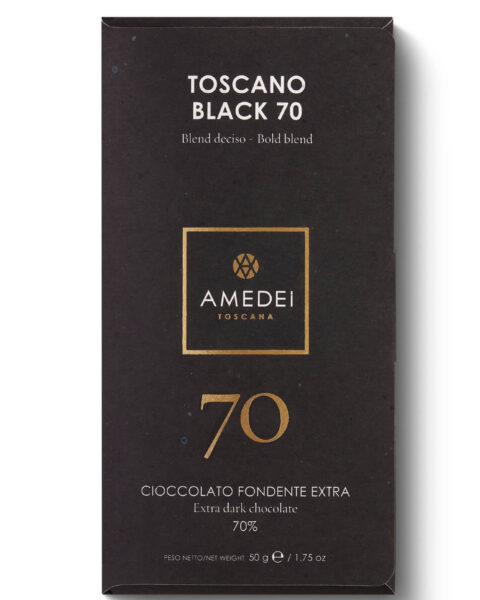Keeping fruits and vegetables fresh for longer can be a real lifesaver, especially when you’ve stocked up on a lot of produce. There are so many ways to keep your fruits and veggies in top shape, and each method offers its own benefits. From freezing and canning to more creative options like smoking or alcohol preservation, these methods help you enjoy your favorite produce well past its prime season. Let’s dive into some practical and effective ways to make your fruits and vegetables last longer at home.
Contents
- 1 Freezing
- 2 Canning
- 3 Dehydrating
- 4 Pickling
- 5 Fermentation
- 6 Jam and Jelly Making
- 7 Vacuum Sealing
- 8 Root Cellaring
- 9 Sugaring
- 10 Oil Preservation
- 11 Dry Freezing
- 12 Smoking
- 13 Refrigeration
- 14 Wax Coating
- 15 More From RetailShout
- 16 10 Hearty Costco Soups to Stock Up on for Winter
- 17 Trader Joe‘s 15 Best Comfort Foods to Cozy Up With This Season
Freezing
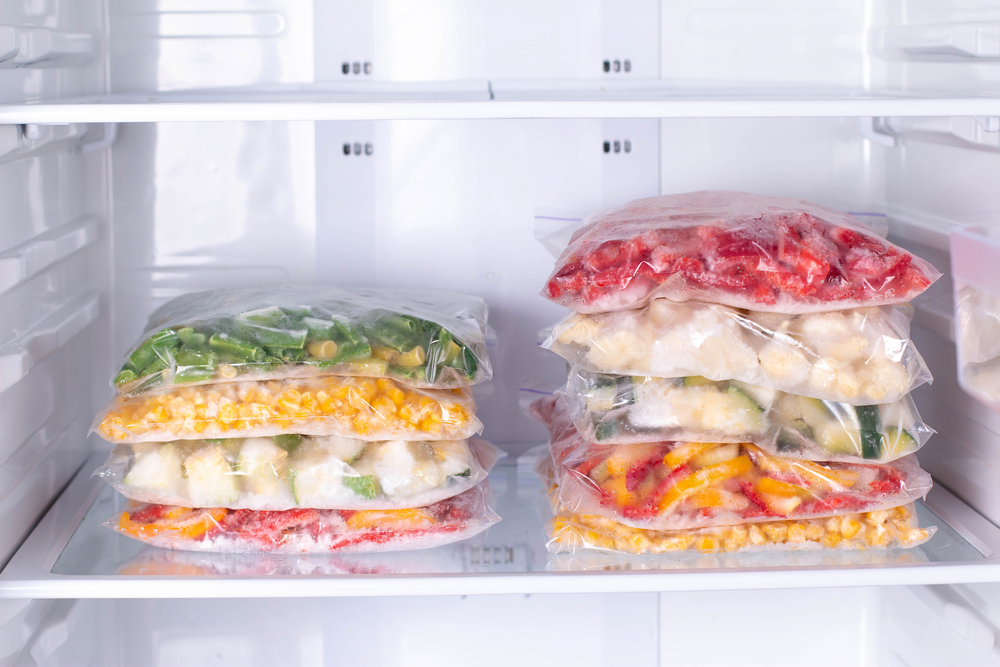
Freezing halts the growth of microorganisms by storing fruits and vegetables at temperatures below 0°F (-18°C). Before freezing, blanch vegetables by briefly boiling them and then plunging them into ice water to preserve color, texture, and nutritional value. Fruits can be frozen directly or after adding sugar or syrup to maintain flavor and texture. Proper packaging in airtight, freezer-safe containers or bags prevents freezer burn and maintains quality. Label packages with the date to monitor storage time, as most produce maintain optimal quality for 8–12 months in the freezer.
Canning
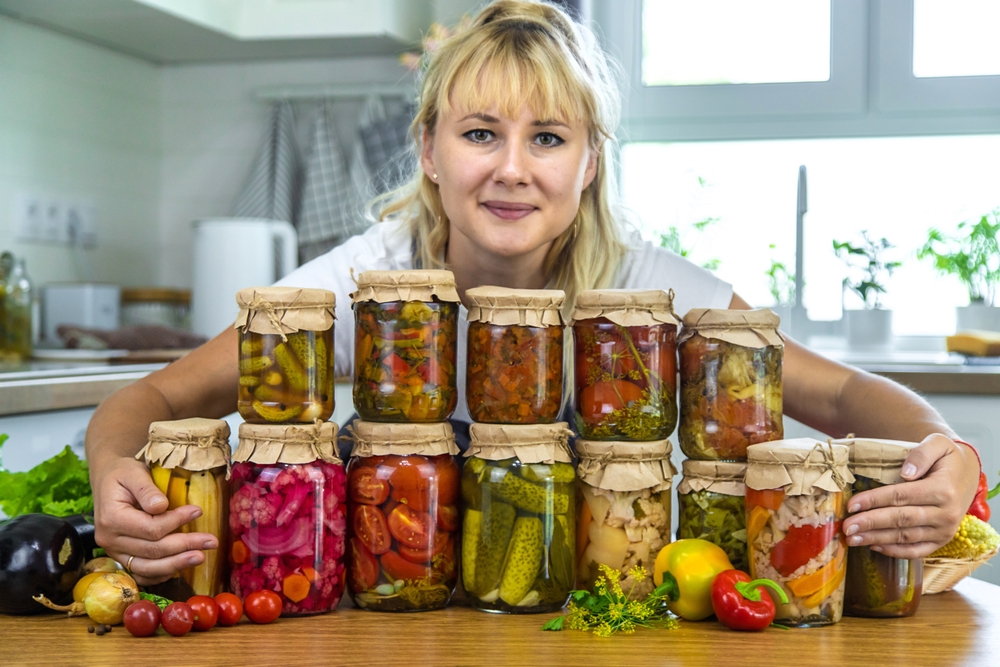
Canning involves placing prepared fruits or vegetables in jars and heating them to a temperature that destroys harmful microorganisms. There are two main methods: water bath canning for high-acid foods like fruits and pickles, and pressure canning for low-acid vegetables and meats. Proper sealing is crucial to prevent contamination; a vacuum seal forms as jars cool. Always use tested recipes and follow guidelines to ensure safety and prevent botulism. Store canned goods in a cool, dark place, and check seals before consumption.
Dehydrating
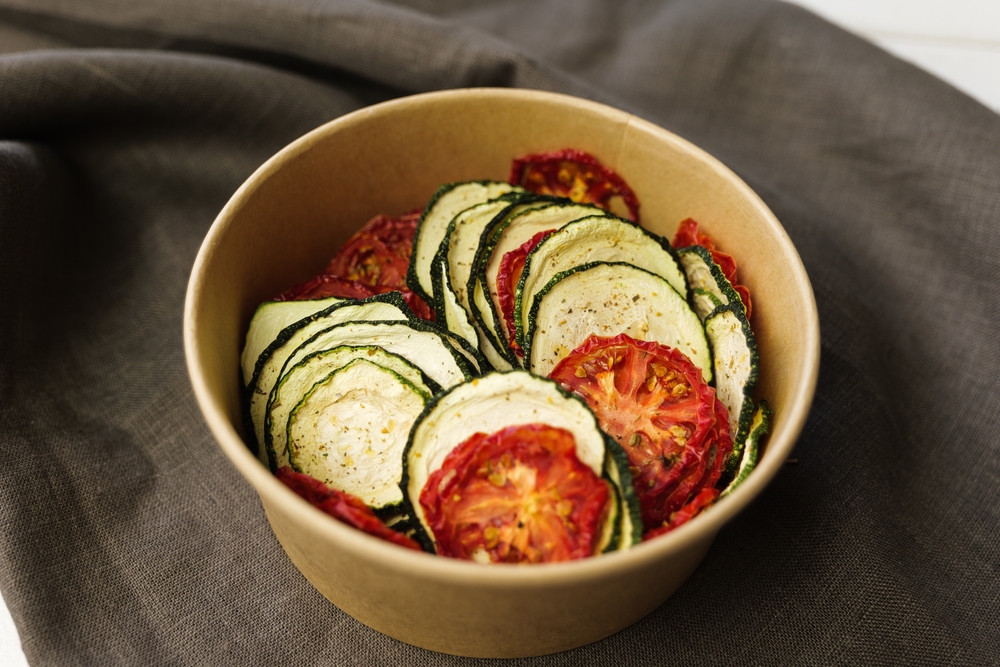
Dehydrating removes moisture from fruits and vegetables, inhibiting the growth of bacteria, yeasts, and molds. This can be done using a food dehydrator, oven, or sun drying, depending on the climate and available equipment. Slicing produce into uniform pieces ensures even drying. Properly dried foods are leathery or brittle and should be stored in airtight containers in a cool, dark place. Rehydration before use is optional, depending on the recipe or personal preference.
Pickling
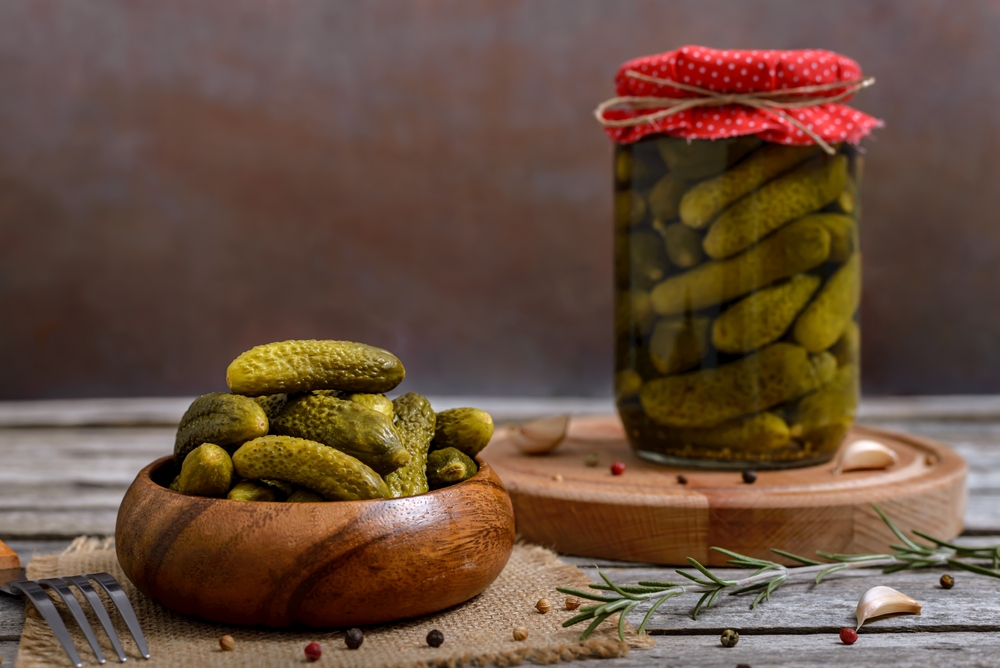
Pickling preserves fruits and vegetables by immersing them in an acidic solution, typically vinegar, often combined with salt, sugar, and spices. This acidic environment inhibits the growth of spoilage-causing microorganisms. There are two main types: quick pickles, which are refrigerated and consumed within a few weeks, and fermented pickles, which develop flavor over time at room temperature. Sterilized jars and proper sealing techniques are essential to ensure safety and extend shelf life.
Fermentation
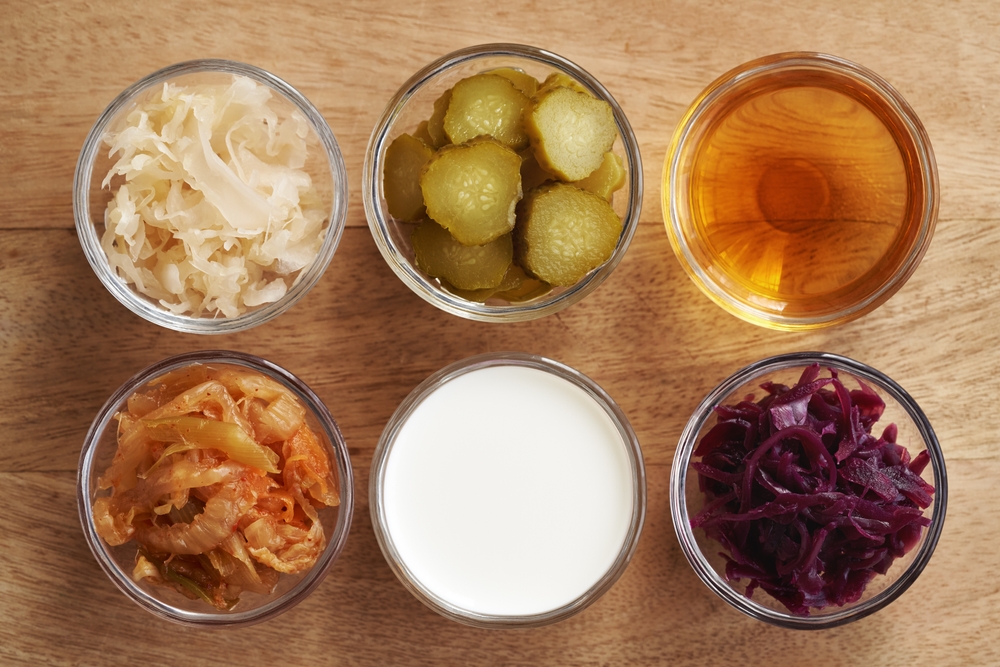
Fermentation involves converting natural sugars in fruits and vegetables into acids using beneficial bacteria, such as Lactobacillus. This process not only preserves the produce but also enhances its nutritional value and adds unique flavors. Common fermented foods include sauerkraut, kimchi, and pickles. Maintaining an anaerobic environment, typically by submerging produce in brine, is crucial to prevent the growth of harmful bacteria. Fermented products should be stored in a cool place and can last several months.
Jam and Jelly Making
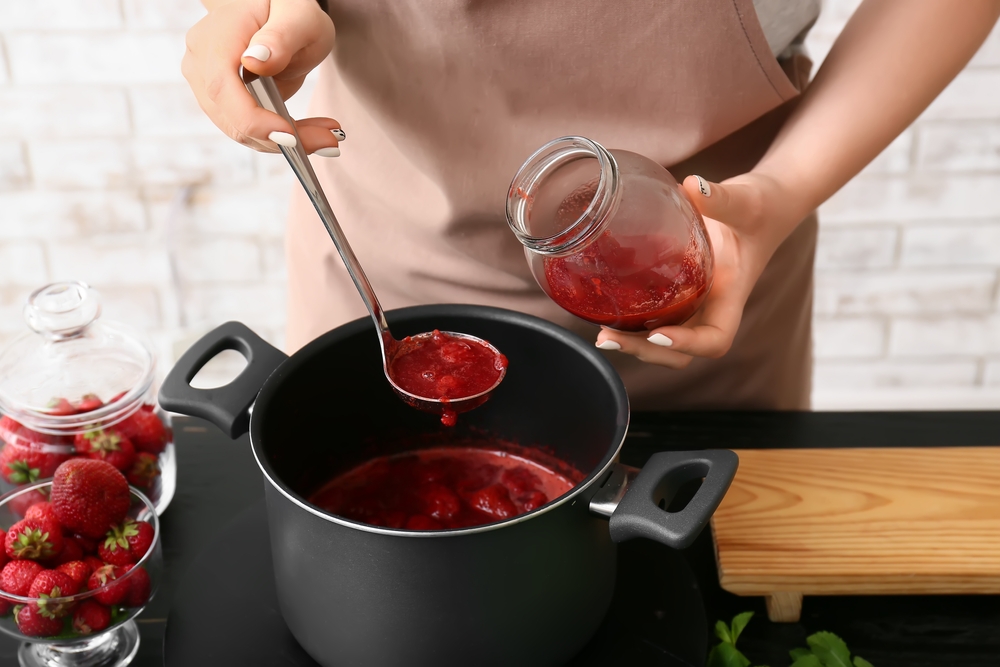
Transforming fruits into jams and jellies involves cooking them with sugar and pectin to achieve a gel-like consistency. The high sugar content acts as a preservative by binding water, making it unavailable for microbial growth. Proper sterilization of jars and lids is essential to prevent contamination. Once sealed, jams and jellies can be stored at room temperature but should be refrigerated after opening. They typically have a shelf life of up to a year when unopened.
Vacuum Sealing
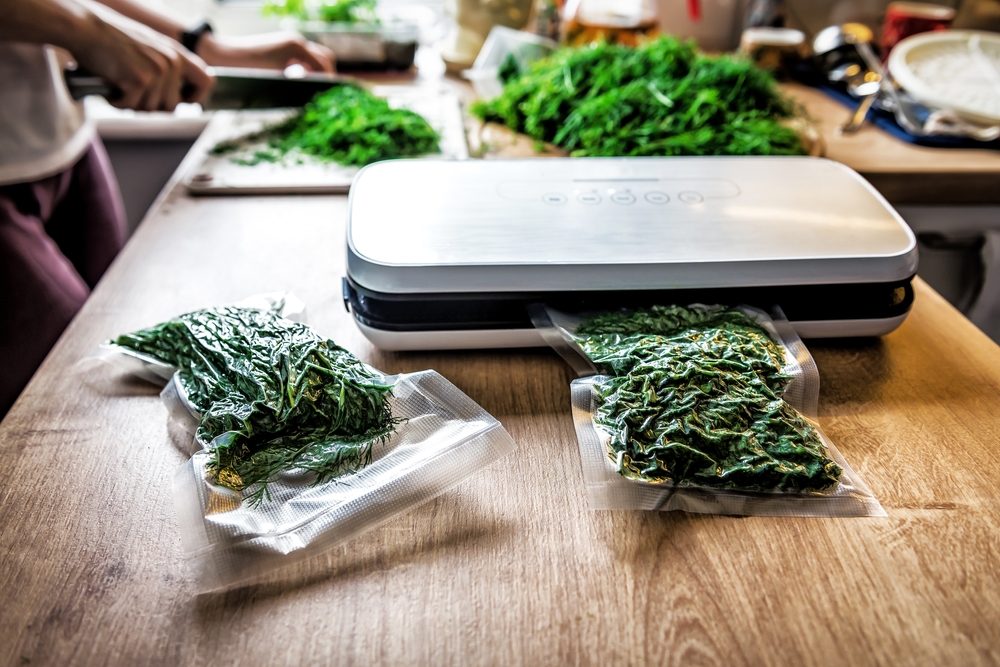
Vacuum sealing removes air from packaging, reducing oxidation and slowing the growth of aerobic microorganisms. This method is often combined with freezing or refrigeration to extend the shelf life of fruits and vegetables. Vacuum-sealed produce retains its flavor, color, and nutritional value longer than produce stored in traditional packaging. Special vacuum sealers and compatible bags or containers are required for this method. Labeling packages with dates helps in monitoring freshness.
Root Cellaring
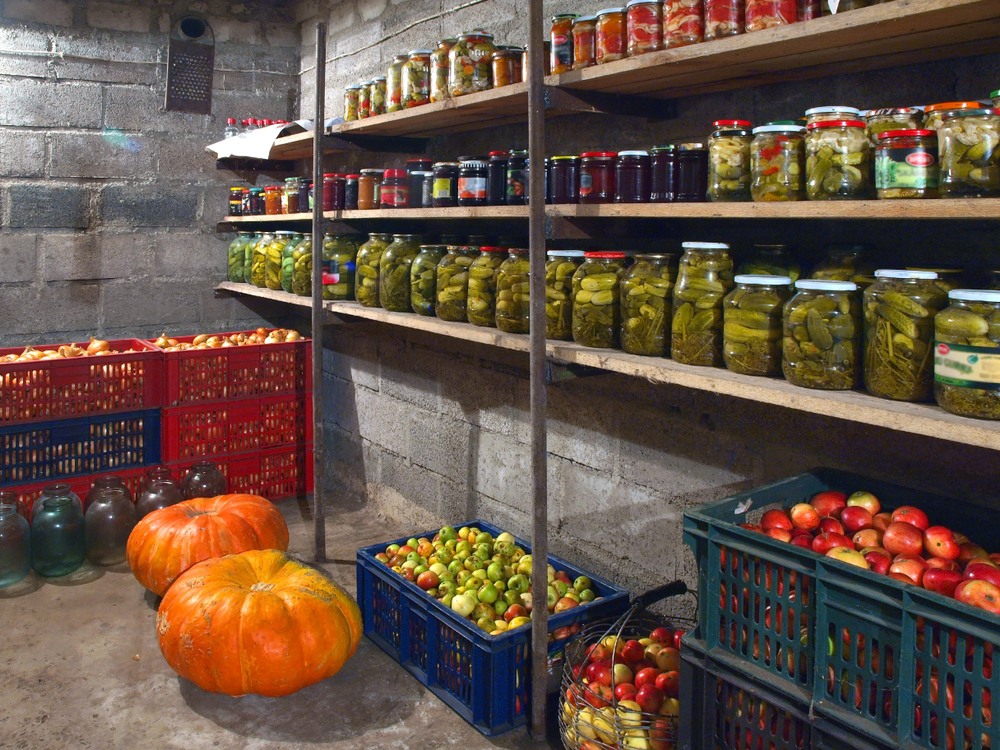
A root cellar is a cool, dark, and humid storage space that takes advantage of natural insulation to preserve fruits and vegetables. Ideal for root crops like potatoes, carrots, and beets, as well as apples and cabbages, this method slows down respiration and delays spoilage. Temperature and humidity control are crucial; most produce stores best at temperatures between 32°F and 40°F (0°C to 4°C) with high humidity. Proper ventilation prevents mold growth and ethylene gas buildup, which can cause overripening.
Sugaring
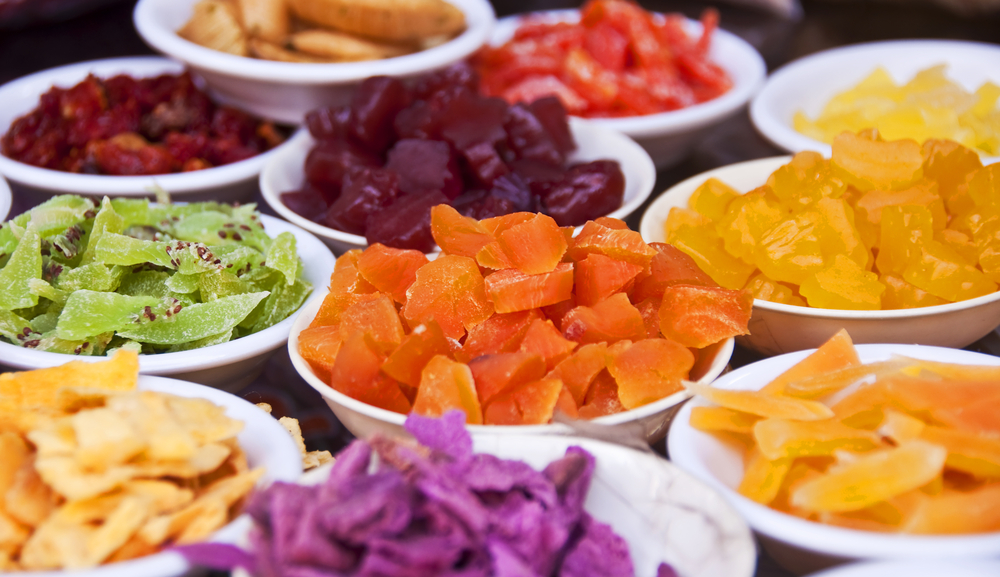
Sugaring preserves fruits by cooking them in sugar to create jams, jellies, or candied fruits. The high sugar concentration binds water, inhibiting microbial growth. Candied fruits are made by soaking fruit pieces in sugar syrup, and then drying them to a chewy consistency. Proper storage in airtight containers keeps sugared fruits from absorbing moisture and prevents spoilage. This method not only extends shelf life but also creates sweet treats.
Oil Preservation
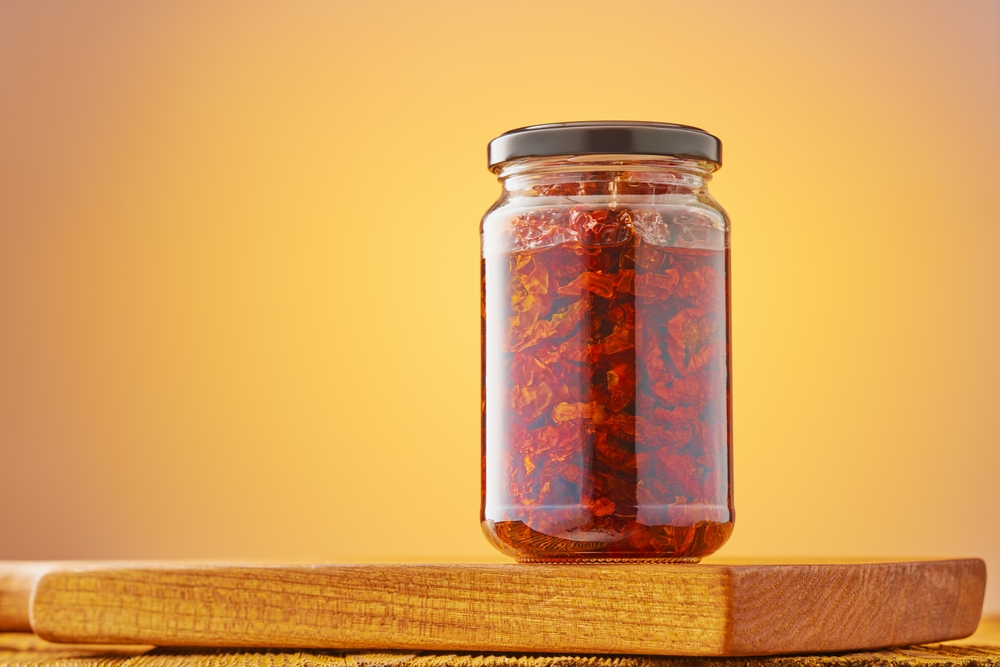
Preserving vegetables in oil, such as olive oil, creates an anaerobic environment that inhibits the growth of aerobic bacteria. Commonly used for herbs, sun-dried tomatoes, and roasted peppers, this method also infuses the oil with flavors. It’s essential to ensure that the produce is adequately dried or acidified before submerging in oil to prevent botulism. Refrigeration is recommended to maintain quality and safety. The flavored oil can be used in cooking, adding depth to dishes.
Dry Freezing
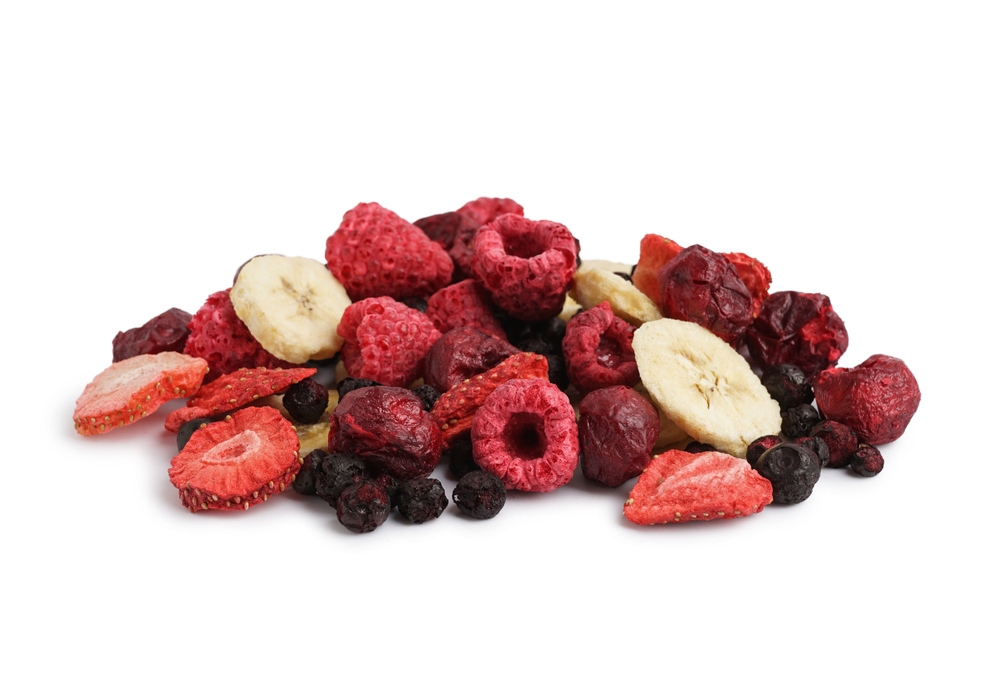
Dry freezing combines the benefits of freezing and dehydration, preserving fruits and vegetables by removing moisture in a frozen state. This method, commonly known as freeze-drying, locks in nutrients, texture, and flavor. The process requires specialized equipment, where the food is frozen, and water is sublimated under vacuum. Freeze-dried produce is lightweight, shelf-stable, and rehydrates quickly for cooking or snacking. Proper storage in airtight containers is essential to prevent moisture absorption and spoilage.
Smoking
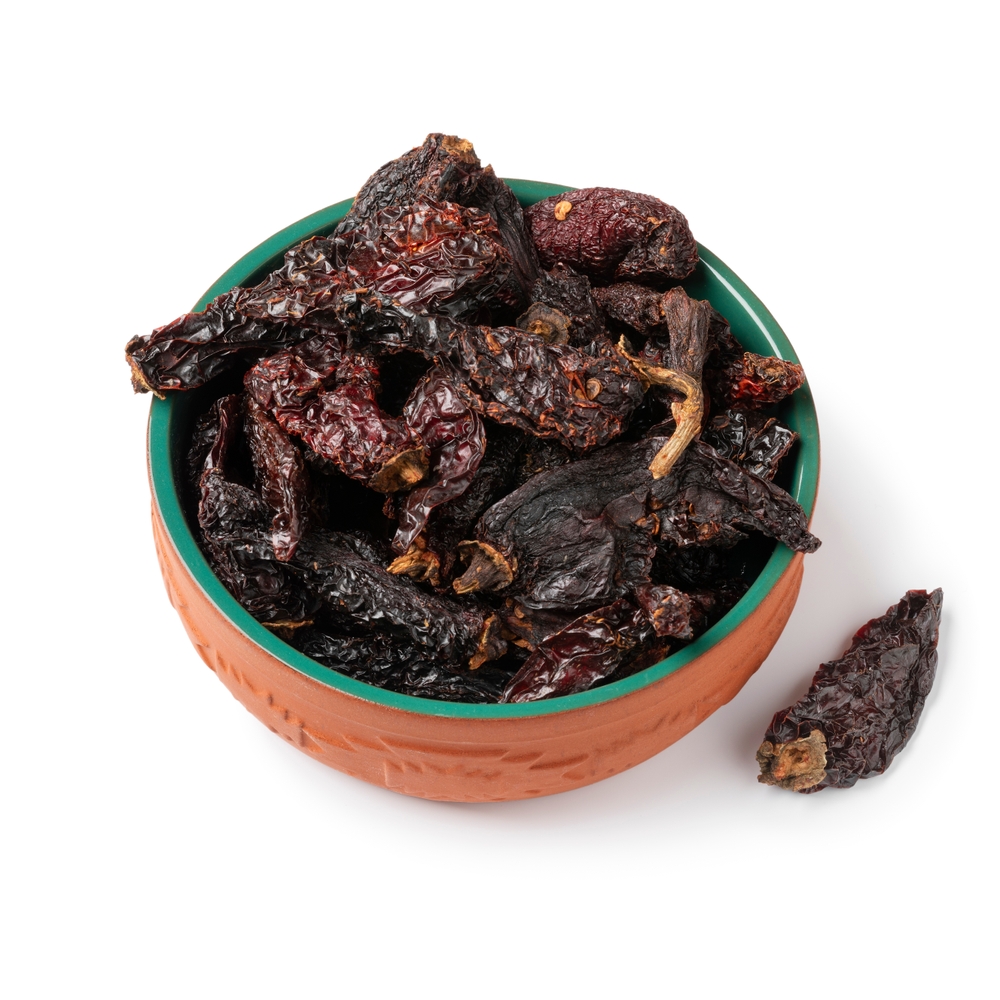
Smoking preserves vegetables and fruits by exposing them to wood smoke, which contains antimicrobial and antioxidant compounds. This technique works well for items like peppers, tomatoes, and even fruits like apples. The slow drying effect of smoke, combined with heat, reduces moisture content, extending shelf life. It is essential to store smoked foods in a cool, dry place or freeze them for long-term preservation. Smoking also enhances flavor, adding a unique, smoky taste to the preserved items.
Refrigeration
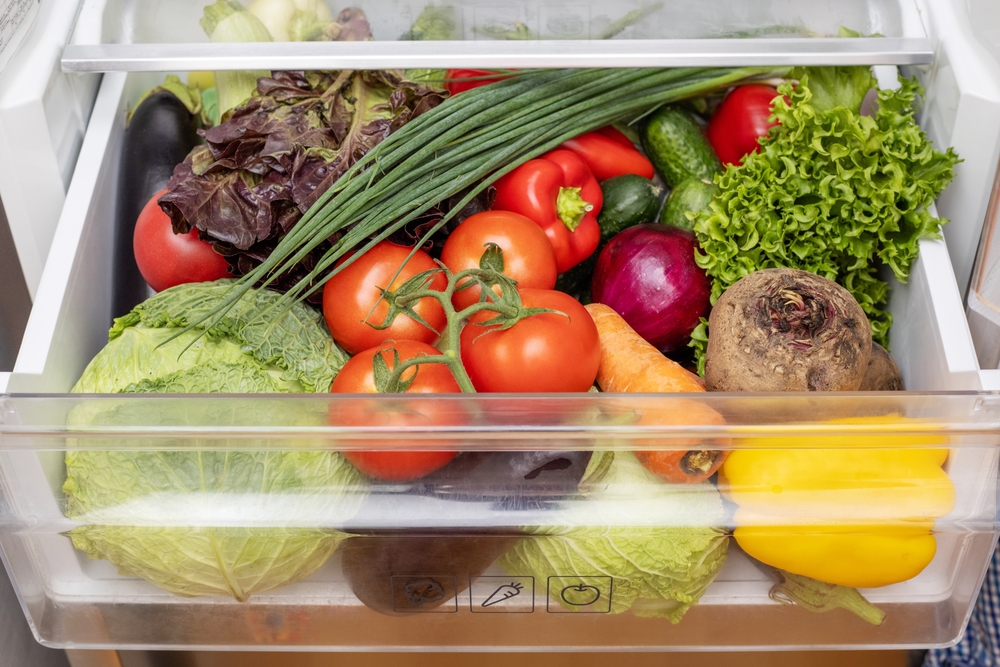
Refrigeration slows down the natural decomposition of fruits and vegetables by keeping them at low temperatures. This method is best for short-term storage, maintaining freshness for days to weeks depending on the produce. Proper storage in breathable bags or containers prevents excess moisture, which can lead to spoilage. For optimal results, separate ethylene-producing fruits like bananas and apples from sensitive vegetables. Regularly checking and organizing refrigerated items helps minimize waste and maintain quality.
Wax Coating
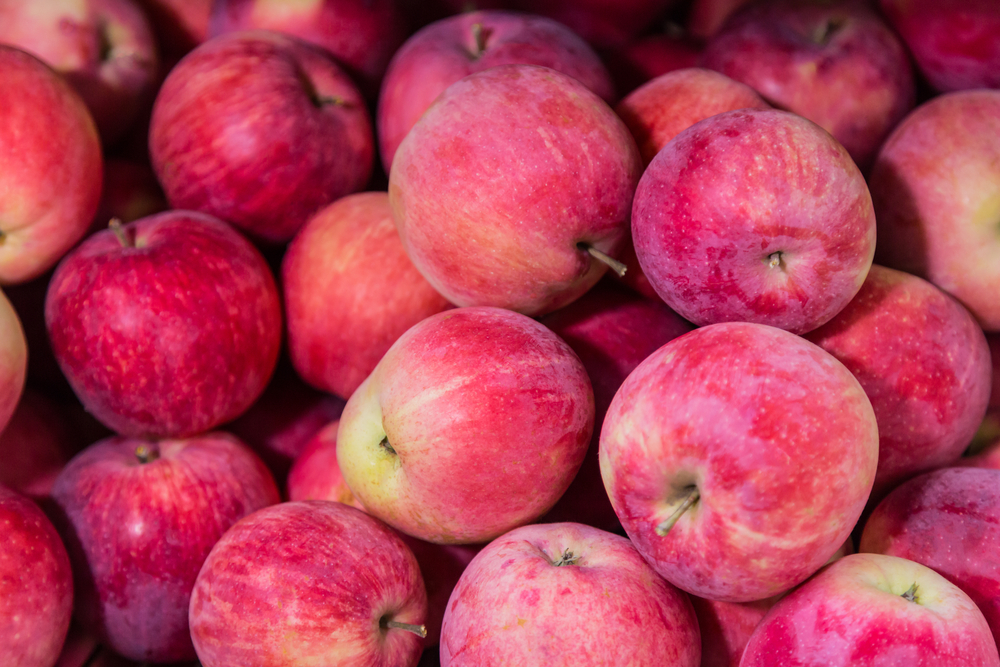
Wax coating involves applying a thin layer of edible wax on fruits and vegetables to seal moisture and block oxygen. This method is commonly used for produce like apples, cucumbers, and lemons. The wax acts as a barrier against microbial contamination and slows down respiration, extending shelf life. It is essential to wash wax-coated produce thoroughly before consumption to remove the coating and any surface residues. Commercially available edible wax products are safe and enhance storage capabilities at home.
This article originally appeared on RetailShout.
More From RetailShout
13 Unbeatable Costco Home Deals We’re Loving This Season
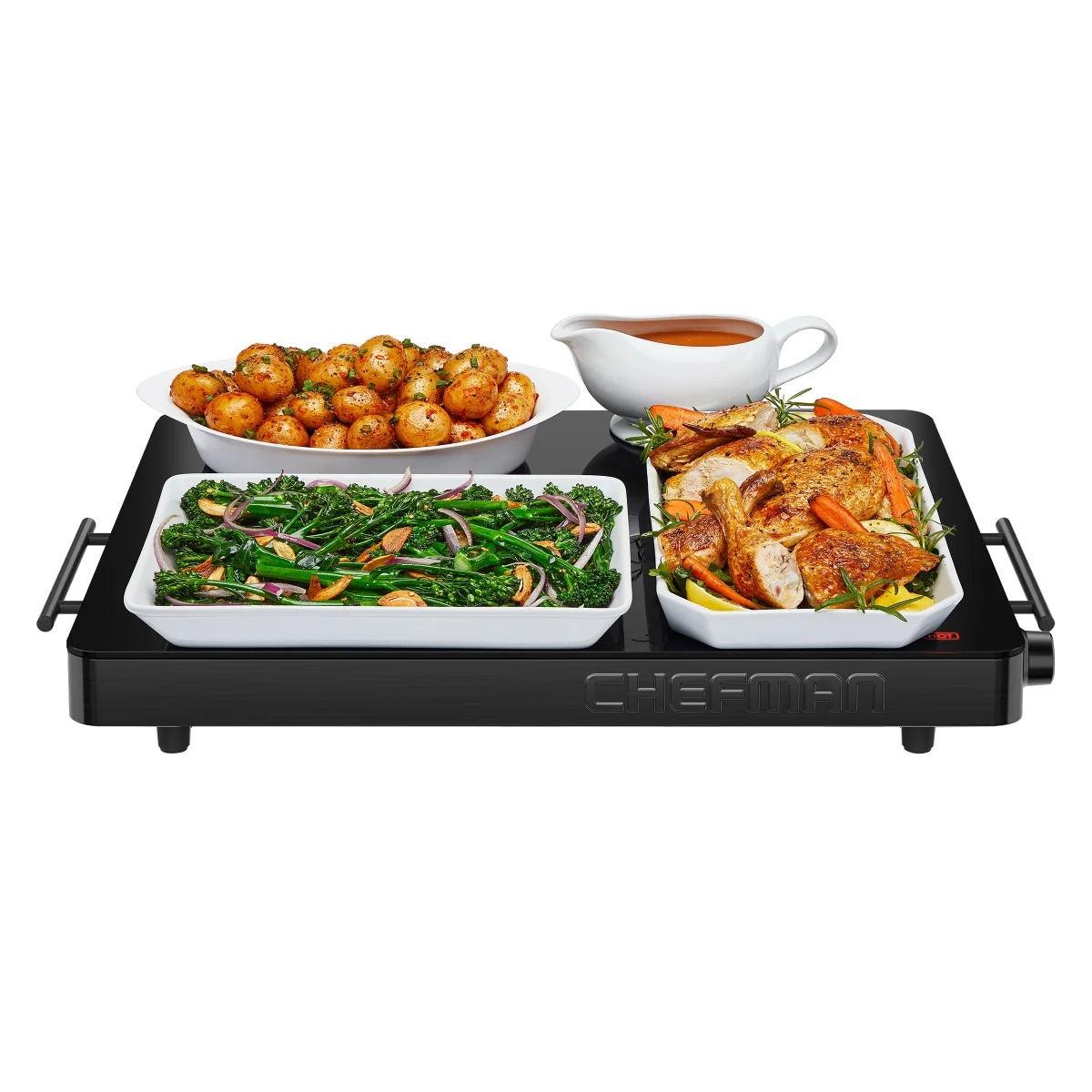
Home upgrades don’t have to break the bank, especially when Costco is involved. This season, they’ve outdone themselves with incredible deals on must-have items for your home. Read More.
10 Hearty Costco Soups to Stock Up on for Winter
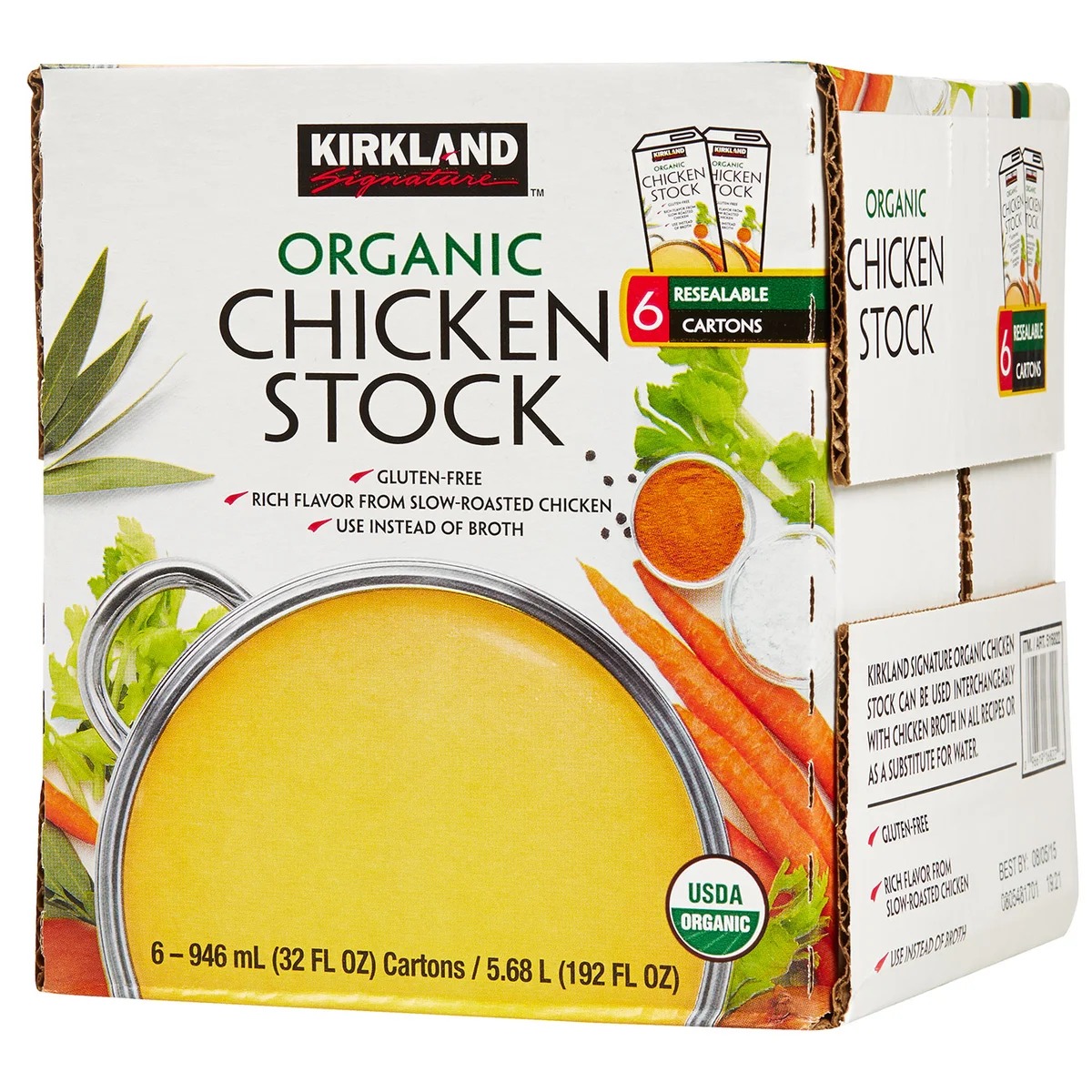
Winter is the season for warm meals that bring comfort, and what’s more comforting than a rich, hearty soup? Costco offers a variety of soups that are not only delicious but also come in convenient, family-friendly sizes. Read More.
Trader Joe‘s 15 Best Comfort Foods to Cozy Up With This Season
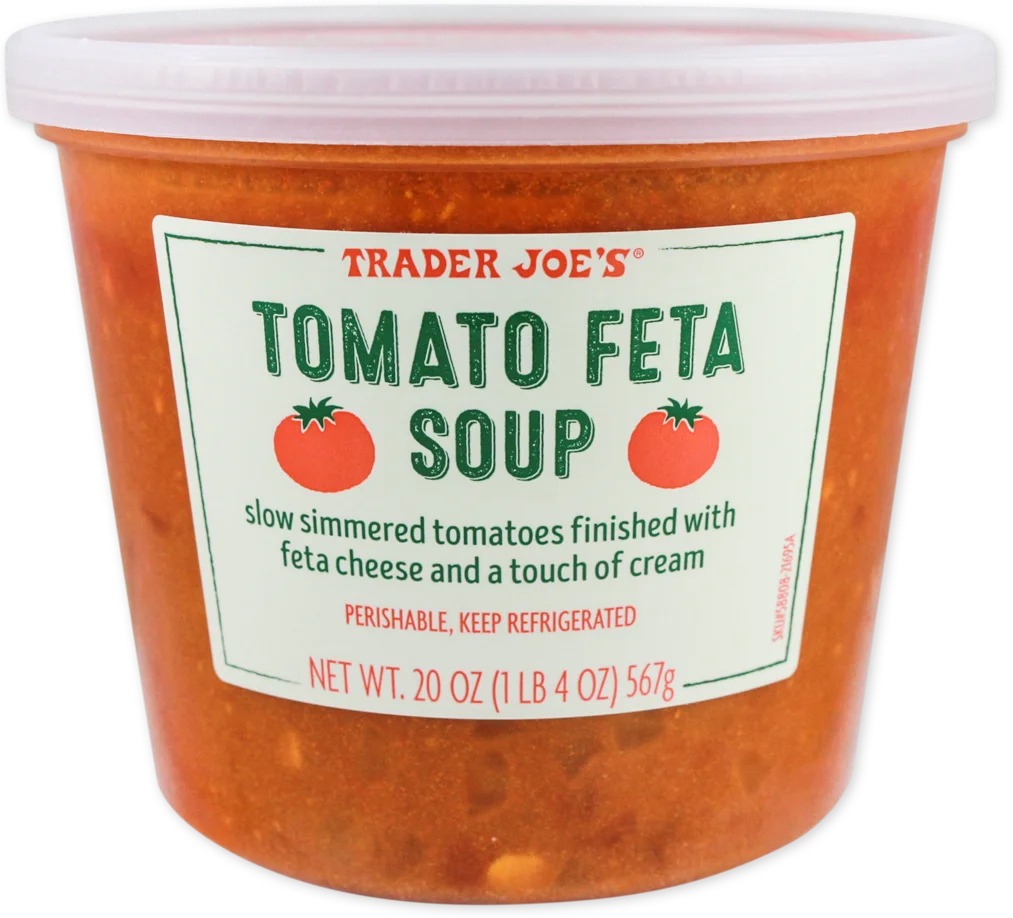
As the weather cools down and cozy nights in become more appealing, it’s the perfect time to stock up on comfort food that’ll keep you warm and satisfied. Trader Joe’s has a range of tasty options, from hearty mains to indulgent snacks, that are ideal for these crisp fall days. Read More.

